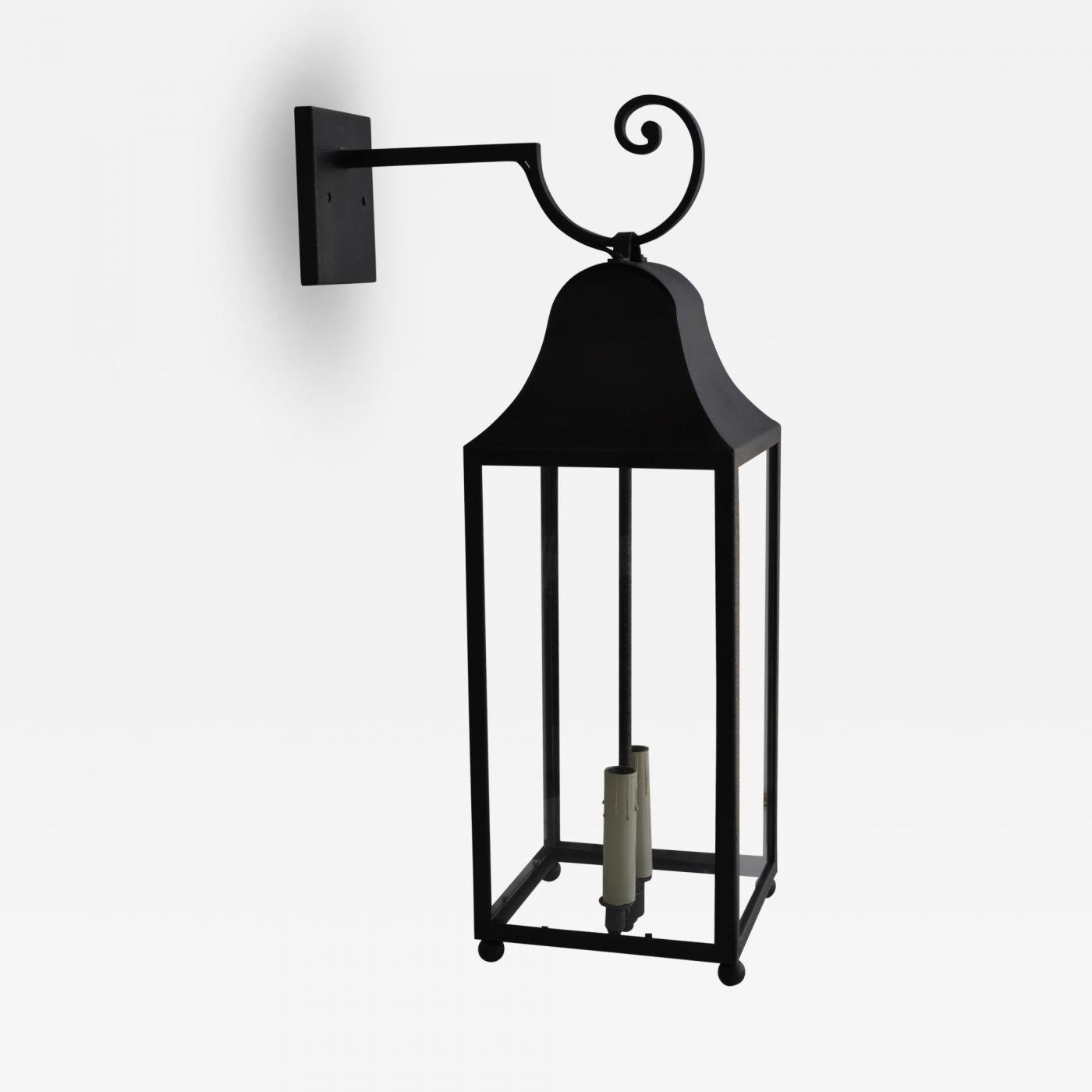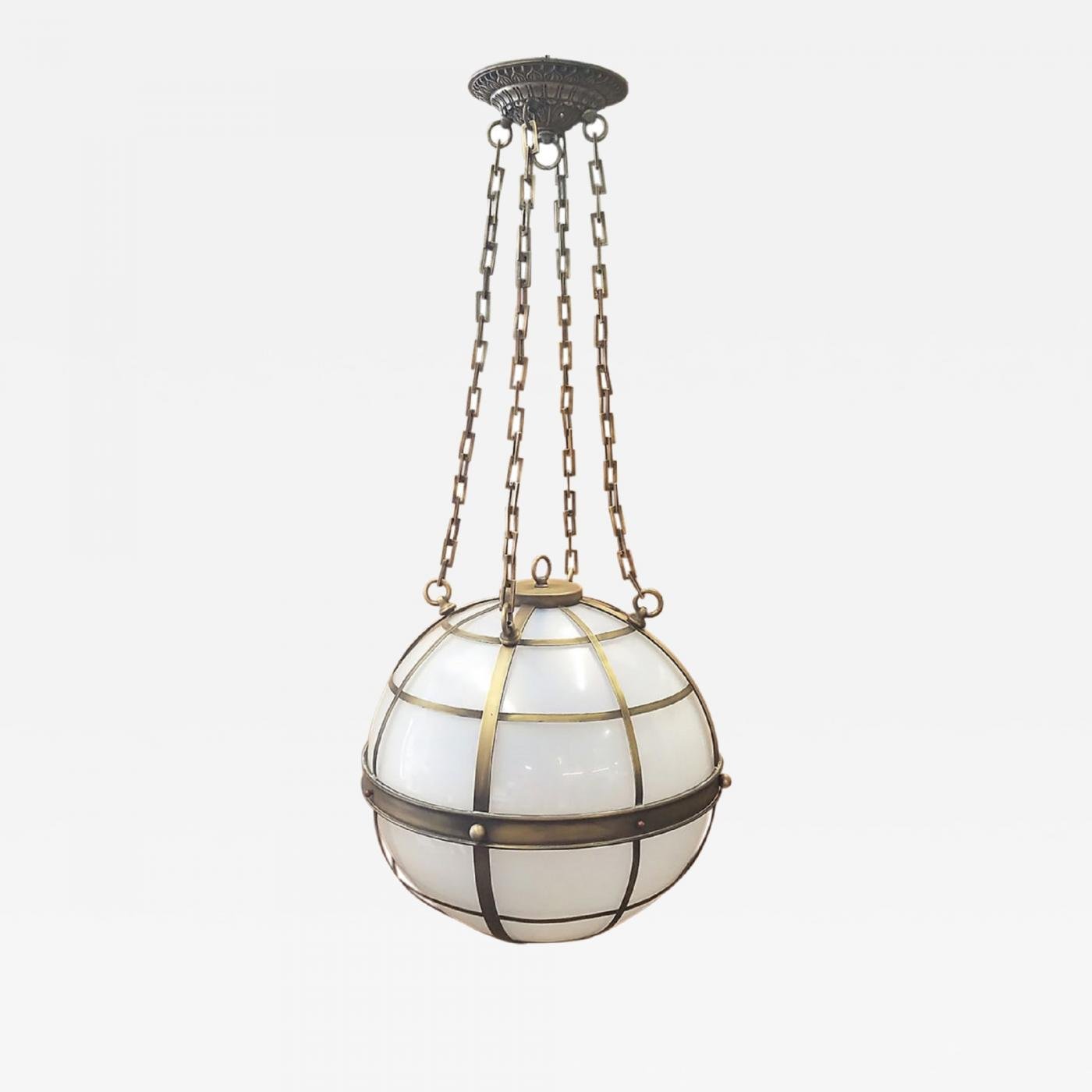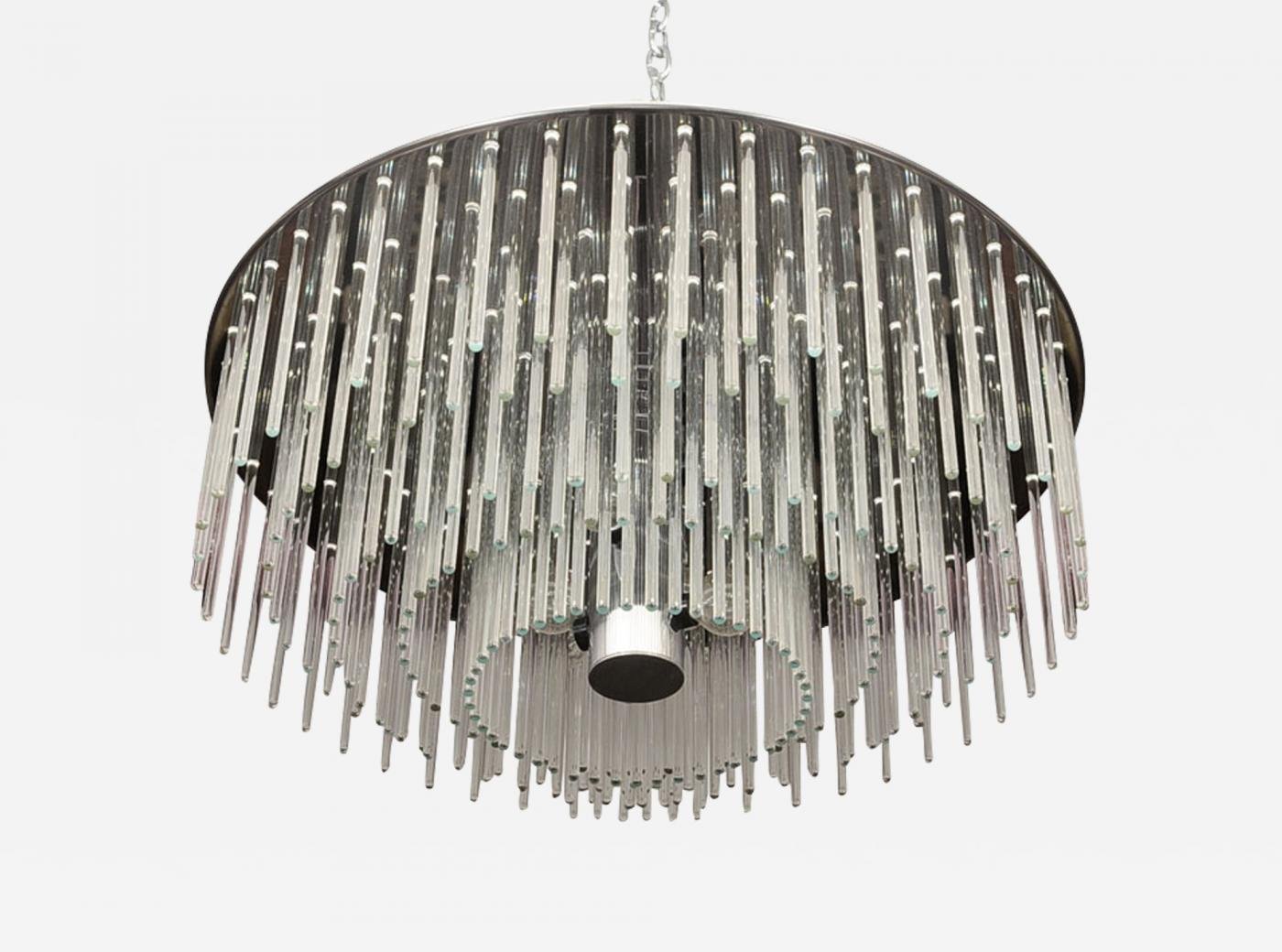At ADG Lighting, a Collaborative Process Leads to Innovative Design
 | |
Gerald Olesker |
This winter, ADG Lighting is adding 450 new designs to their portfolio. Ranging from outdoor lanterns to indoor sconces and chandeliers, as well as furniture, ADG’s new collection was created over the past 18 to 20 months in collaboration with individual clients and top-tier designers like William Hefner, Trip Haenisch, and Richard Landry. Each fixture that ADG designs is custom, despite the scale of their operation — they work on 100 to 200 projects per year.
ADG’s founder, Gerald Olesker, has made a name for himself through his thoughtful lighting fixtures and furniture, as well as through his advocacy for the trades and architectural approach to product design. “I’m an architect first and an industrial designer second,” he says. By collaborating with architects and interior designers from the first stages of the design process, Olesker creates beautiful, functional objects that complement the structure of the space.
Video courtesy of ADG Lighting |
In the face of increasing pressure to deliver cookie-cutter products to consumers on a fast schedule, ADG stands out among companies of its scale and reputation. Instead of offering pre-made products, ADG’s online portfolio is more of a lookbook than a catalog. While ADG focuses on lighting design, Olesker and his team also create furniture through their umbrella company, Architectural Detail Group. They design custom pieces based on the client’s favorite ADG products, photographs of the space, and occasionally in-person visits, so that the final fixture or furnishing flows seamlessly with the architecture and is wholly original. “You don’t repeat a unique thing,” says Olesker. “You repeat being unique.”
He admits that, for the modern consumer, it is not always easy to let go of total control. “You can have American artisans create pieces that are reasonably valued,” he says of the collaborative process between clients and tradespeople. “The leap of faith is, ‘I haven’t necessarily seen these pieces before, but I’ve seen its cousin.’”
 |  | |
Left: The Atlas Orb Light. Right: The Hour Glass Pendant. | ||
In 1991, Olesker graduated college with a BA in architecture and went on to work for Galper Baldon Associates. The firm’s co-founder, Cleo Baldon, is widely known for her outdoor furniture designs and interest in the artistry of swimming pools. She had a profound impact on the young designer’s approach to products. Once, while working with Baldon, he had the nerve to ask her how, as an interior designer, she could work with landscapes. Her answer, that “space is space,” influenced the direction of his career. For Olesker, the idea that space is just space, and that the principles of good design can be transferred from one sphere to another, inspired him to bring his architectural background to the lighting industry with ADG. Through his training, he understands how lighting can complement or detract from the structure of a room and bring higher value to the overall project. “If you want something truly unique,” he says, “you should be working with a company like ADG to elevate what the practices in architecture are like.”
Baldon influenced his choice to create all-custom products, rather than selling pre-made fixtures. He notes that she would release a standard design for her furniture brand, Terra, and then alter it for dozens of clients, creating 40 different versions of a single chair. “That’s how I look at we do,” he says. “Find it on our website, and then we’ll talk about it.” The style, budget, dimensions, and timeline all factor into the initial conversations, as ADG works to customize a design into something unique. “The excitement for us is to take a piece and personalize it for the end user,” Olesker adds.
 |  | |
Left: The Hamptons Style Lantern. Right: The Giacometti Style Pendant. | ||
With architects and interior designers who sketch their own products, ADG faces specific challenges. Some architects regard the trades, like lighting or plumbing, as the industries that merely manufacture their vision, rather than skilled professionals who can help to perfect its physical design. Olesker constantly advocates for the trades, arguing that architects should collaborate with them throughout the entire design process. Builders, he says, have an undervalued wealth of knowledge to bring to a project. Commenting in online forums, he “gets in trouble” for emphasizing the enormous value of the trades. “If you don’t have someone who can build something, all you have is a piece of paper,” he likes to say. “What is architecture without the builder?”
When architects design lighting products without consulting tradespeople, the fixture might not flow with the overall project. Frequently, the lighting is designed without respecting or understanding the budget, and then at the last minute, materials are substituted, or the fixture is scrapped entirely. “We’re trying to change the community in architecture and design right now by saying, ‘artisans are key to the process,’” he says. “Architects need to have a discussion up-front with key trades. If you don’t have the discussion up front, the architects don’t meet the ‘B-word,’ budget. If you don’t have that discussion in time, they have to rework the design.” By communicating directly with a lighting designer, architects and designers can focus on the budget from the beginning, instead of attempting to alter the product after it has been manufactured.
 |  | |
Left: The Ceiling Mount Ring Flush Fixture. Right: The Pyrex Rod Pendant. | ||
The professionals he repeatedly works with understand the importance of trade knowledge. Recently, he was brought in by interior designer Peter Dunham and architect Bob White of Forest Studio to create an assortment of brass lanterns for a house in Newport Beach, California, and he frequently collaborates with Michael Berman on furniture design. Trip Haenisch has asked him to create a new chandelier reminiscent of an ADG fixture that was included in Haensich’s 2018 book, Personal Space (Rizzoli). For Olesker, the collaborative process helps to enhance the experience for the client. When multiple people with differing design perspectives invest in a project, it becomes less about the “transaction,” he says, and more about the “interaction.” Instead of the client or designer simply picking a product, the design of the lighting combines a variety of knowledges, and it reflects both the space and the client. The product has integrity, he believes. “My hope is that the lighting fixture is being placed with the right family, with the right home, not just because someone’s like, ‘Oh, I like that,’” he says.
Design, like other artistic vocations, creates objects and spaces that are more than the sum of their parts. “I have always stated that at ADG Lighting, we are a collaborative enhancing the built environment through positive relationships,” says Olesker. “ The truth of collaboration is between the lines of those that build with those that have vision.”



























